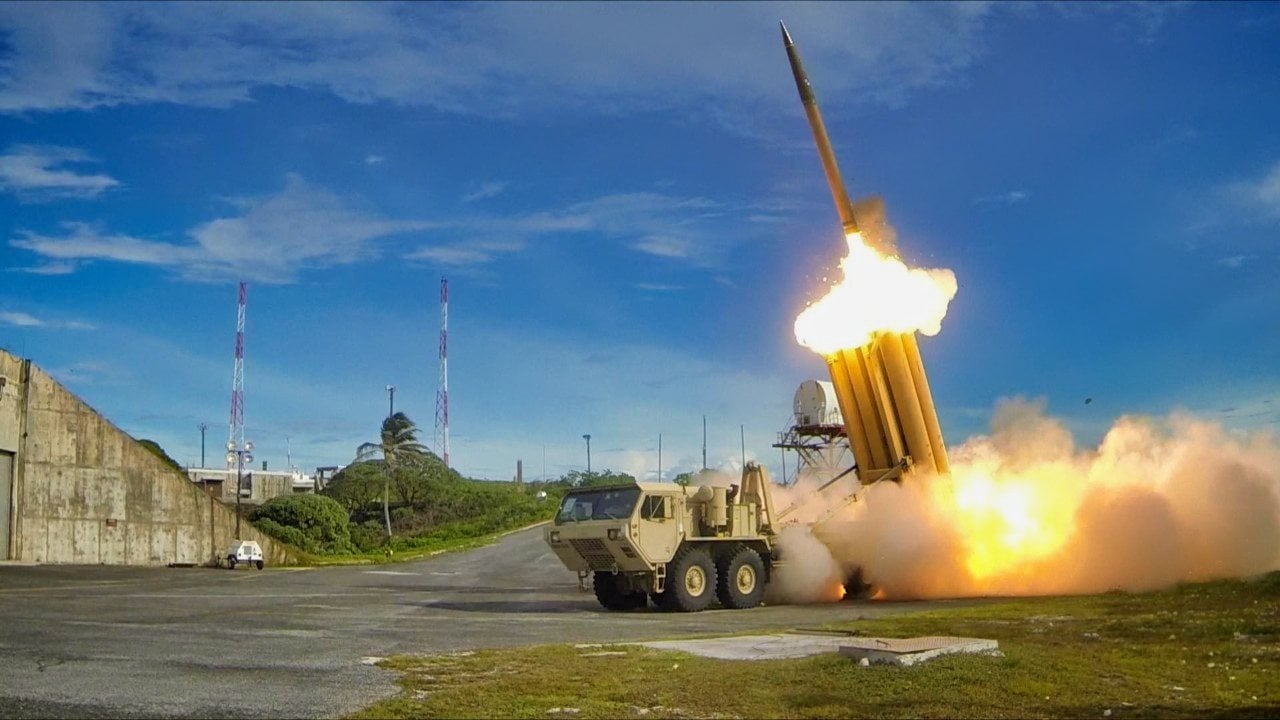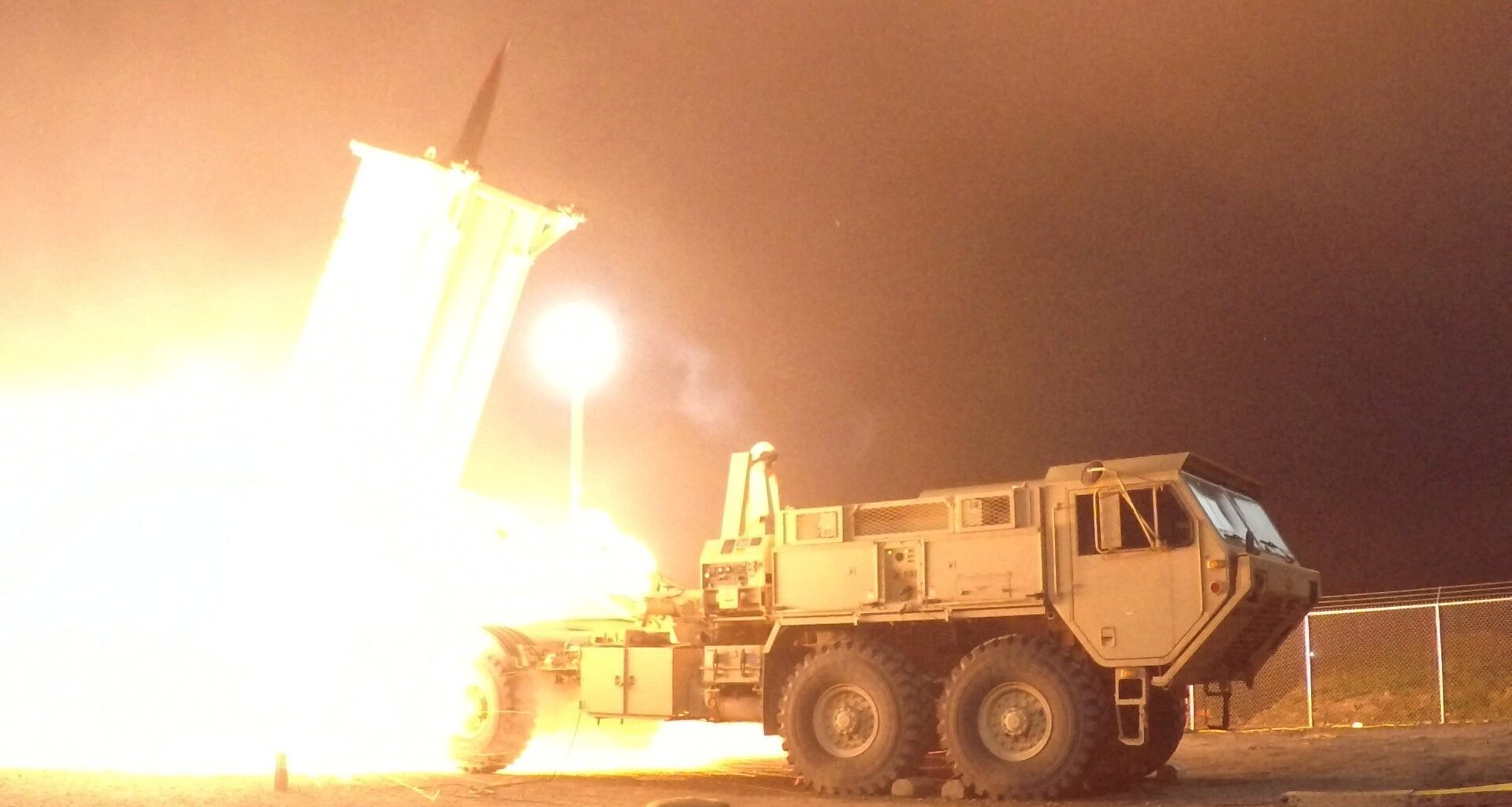Israeli troops carrying out a sweep of a neighborhood in southern Gaza happened upon three men on October 16. The men exchanged fire with the IDF troops and then scattered. One man ran into a two-story building. The Israeli troops used a tank to shell the structure and sent in a drone to investigate. They found one of the terrorists sitting in a chair. The next morning, the troops found the man dead when they went to investigate. Hours later, it was confirmed they had killed Yahya Sinwar, the leader of Hamas.

Sinwar met his end in southern Gaza’s Tel al-Sultan neighborhood, near Rafah and the border with Egypt. He was wandering around this neighborhood on the surface rather than in tunnels where he had spent part of the war since the October 7, 2023 attack on Israel. Sinwar was a wanted man, but Israel had shifted efforts to fight Hezbollah in Lebanon in mid-September. Since that time, Sinwar may have felt that Israel had taken the pressure off of him and Hamas in Gaza.
The IDF’s killing of Sinwar came as an unexpected success for Israel. A year of war has been difficult. What began as a quick campaign to defeat Hamas in northern Gaza has become a long slog. Hamas has lost more than 17,000 fighters and most of its brigade and battalion commanders, according to the IDF, but it clings on to many areas in Gaza.
In October, as the IDF moved forces into Lebanon to defeat Hezbollah, one IDF division moved from Rafah to fight in northern Gaza’s Jabalia. This neighborhood connects Gaza City to areas such as Beit Hanoun, a town near the northern border with Israel. Established in 1948, it has long been a center of Palestinian political and militant activity. Hamas has rebuilt itself there, signifying that it seeks to hold on in Gaza over the long term.
The battle for Jabalia and the death of Sinwar point to a new phase in Gaza. Hamas was already basically leaderless in Gaza, having lost so many commanders. However, it had gone underground, and the IDF does not appear to have a plan for conquering all of Gaza and fully expunging Hamas. Instead, it conducts raids into areas, clears them of civilians, and tries to root out the terrorists that remain. Then, it leaves. It has operated in Jabalia already three times. I was in Jabalia with the IDF covering the war during the first operation and saw first-hand how Hamas had seemed to vanish from the neighborhood. Nevertheless, they have returned.
As the IDF weighs what to do in Gaza, it has to decide whether it will shift tactics now and try to leverage the death of Sinwar to replace Hamas. So far, Israel has not come up with a strategy publicly for the “day after” if Hamas is removed. In a Gaza power vacuum, Hamas has a chance to reconstitute itself. And the leaders abroad in Qatar will continue to influence the group.
In Lebanon, the IDF is acting more decisively. In mid-September, Israel began to target Hezbollah command and control, killing Hezbollah leader Hassan Nasrallah. A week-long air campaign saw over 2,000 airstrikes on Hezbollah sites before the ground troops were unleashed on October 1. However, once the ground war began, the IDF did not move quickly to race to the Litani River in southern Lebanon and remove Hezbollah. Instead, the plan is a slow, anaconda-like war in Lebanon. The goal is to squeeze Hezbollah from southern Lebanon and force them north of the Litani River, which is roughly ten miles from the Israeli border. However, to accomplish this, the IDF has four divisions making progress village by village within a few miles of the border.
The operation in Lebanon is multi-pronged. One prong is the ground operation to uproot Hezbollah munitions hidden in southern Lebanon and defeat Hezbollah squads of men that remain. Another prong launched on October 20 with airstrikes on Hezbollah financial institutions in Lebanon. A third prong is the attacks on Hezbollah command and control. The IDF estimates that it has eliminated two dozen Hezbollah company commanders and a similar number of battalion commanders. It also believes it has killed seven Hezbollah brigade commanders. As with Hamas, this would appear to leave Hezbollah with a diminished capacity to fight. However, Hezbollah continues to hang on to swaths of Lebanon. Hezbollah can fire 100-200 rockets a day at Israel. Some of these fly deep into the country, targeting cities such as Haifa and even Tel Aviv.
Hezbollah has also increased its deadly drone threats. On October 22, a Hezbollah drone entered northern Israel airspace and was later shot down by the Israeli Air Force. Another drone killed four IDF soldiers and wounded fifty-eight at a training base on October 14. In another case, a Hezbollah drone struck the coastal home of Israeli prime minister Benjamin Netanyahu on Saturday, October 19.
The drone threat illustrates that despite Israel’s increasing pressure on Hezbollah, the group continues to be effective in its attacks. Israel now faces a similar problem in Lebanon as in Gaza. Israel has gone into these areas, and the IDF has won the tactical battles. However, there then appear to be diminishing returns; the operation slows down as there are fewer targets to strike. The enemy calculates that all it has to do is survive and declare it won after several years.
Iran, which backs Hamas and Hezbollah, appears to share this calculus. Other countries that openly or quietly back Hamas and Hezbollah are likely urging them to hang on as well. Other factors are now coming together. There is a U.S. election in November. In addition, Israel-Iran tensions are growing as Israel contemplates a direct strike on Iran in retaliation for Iran’s October 1 ballistic missile attack. Israel will need to make the next phase in Lebanon and Gaza decisive if it wants to seize the initiative from Hamas and Hezbollah.
About the Author:
Seth Frantzman is the author of The October 7 War: Israel’s Battle for Security in Gaza (2024) and an adjunct fellow at The Foundation for Defense of Democracies.
Image Credit: Creative Commons.
